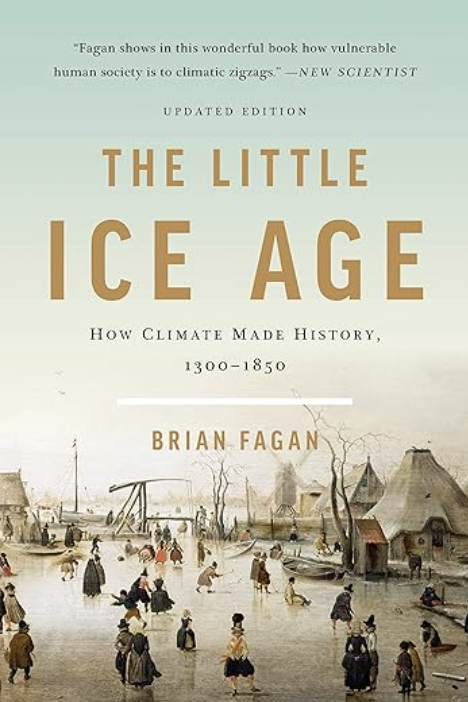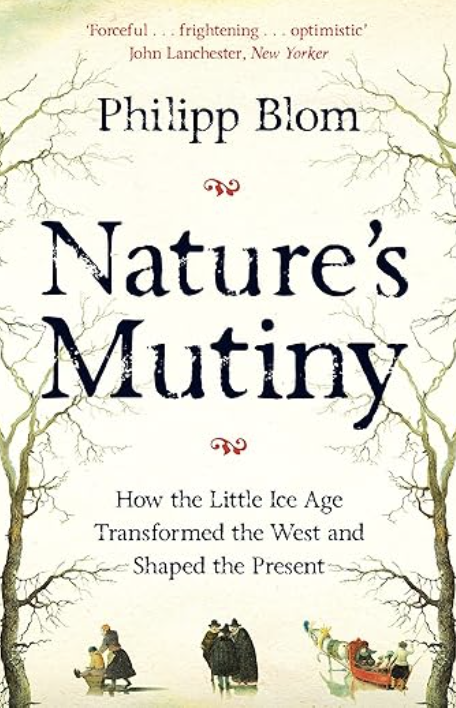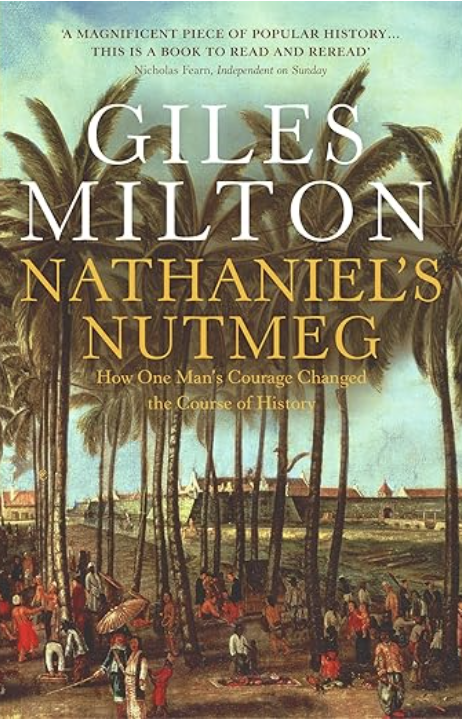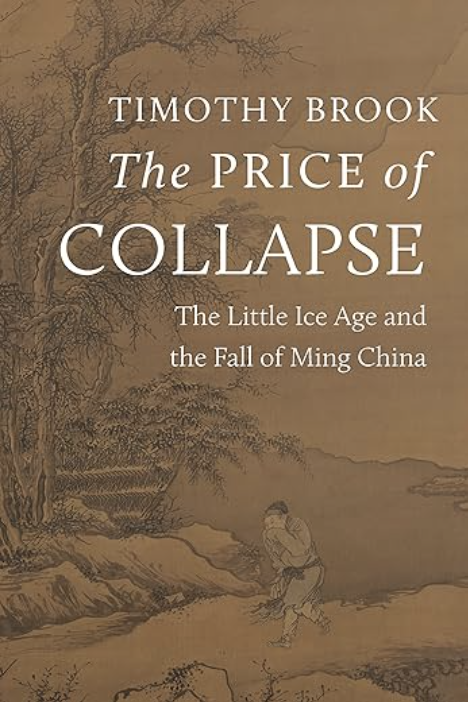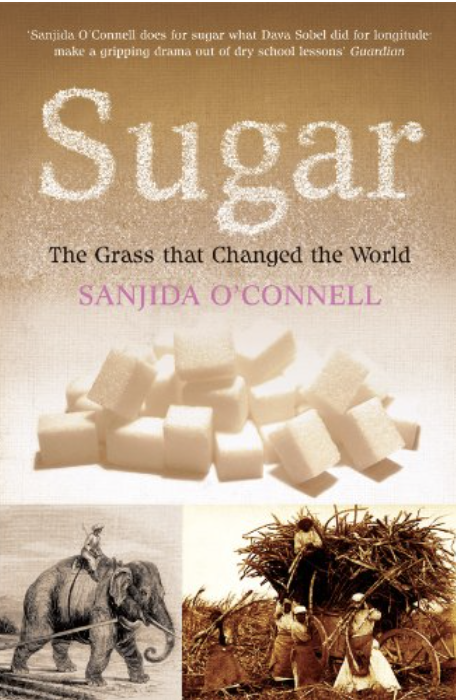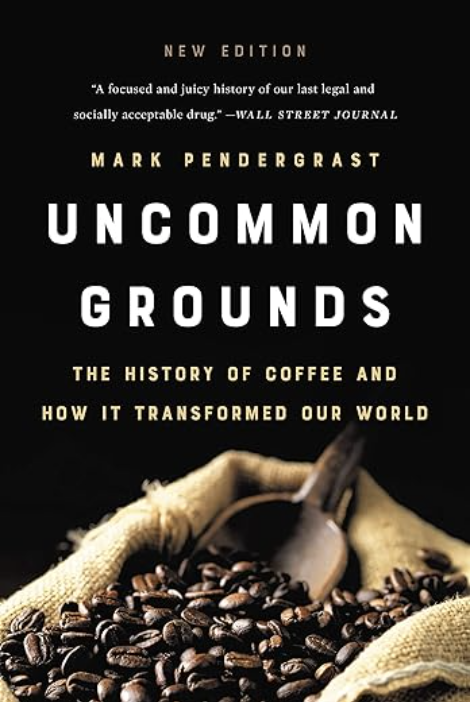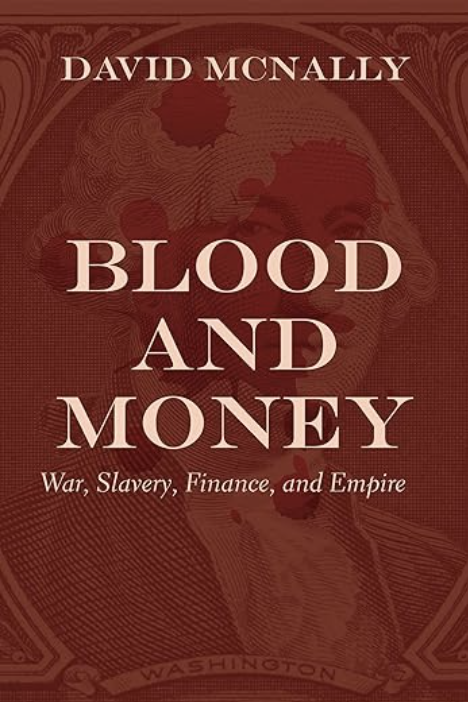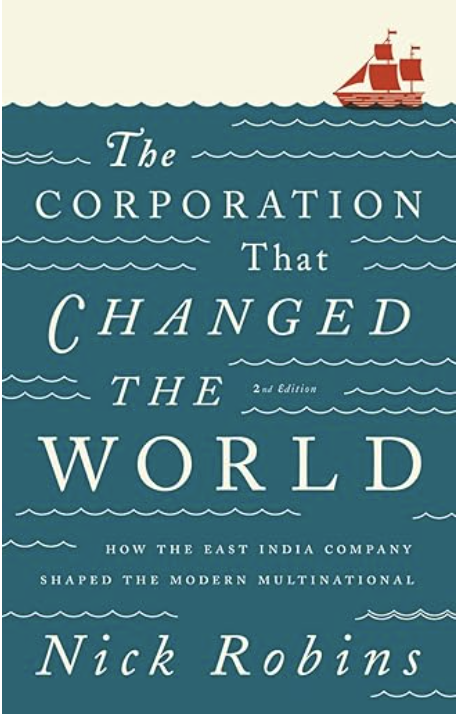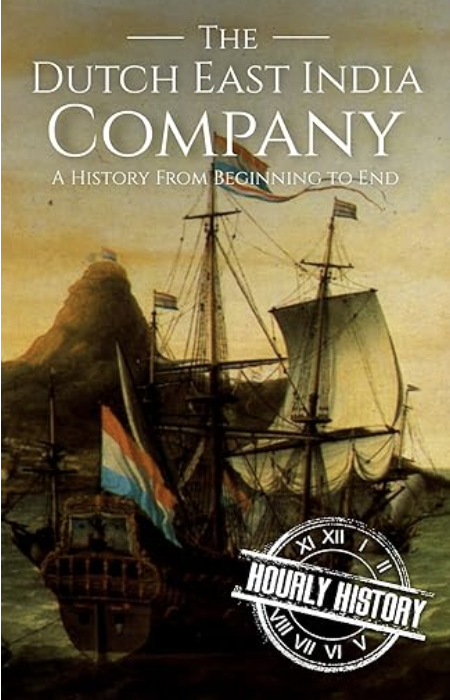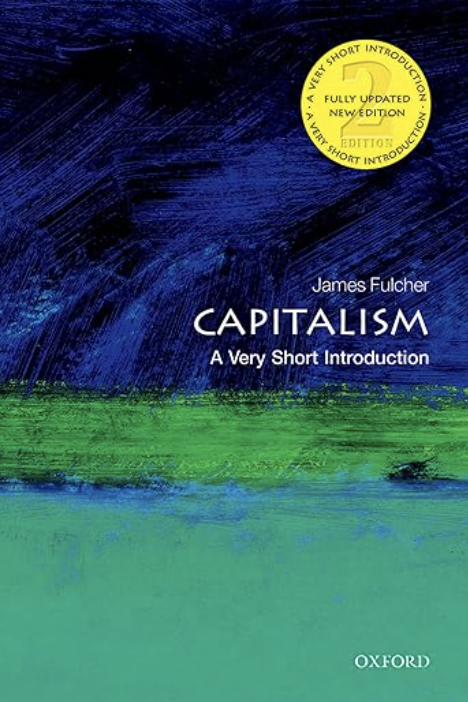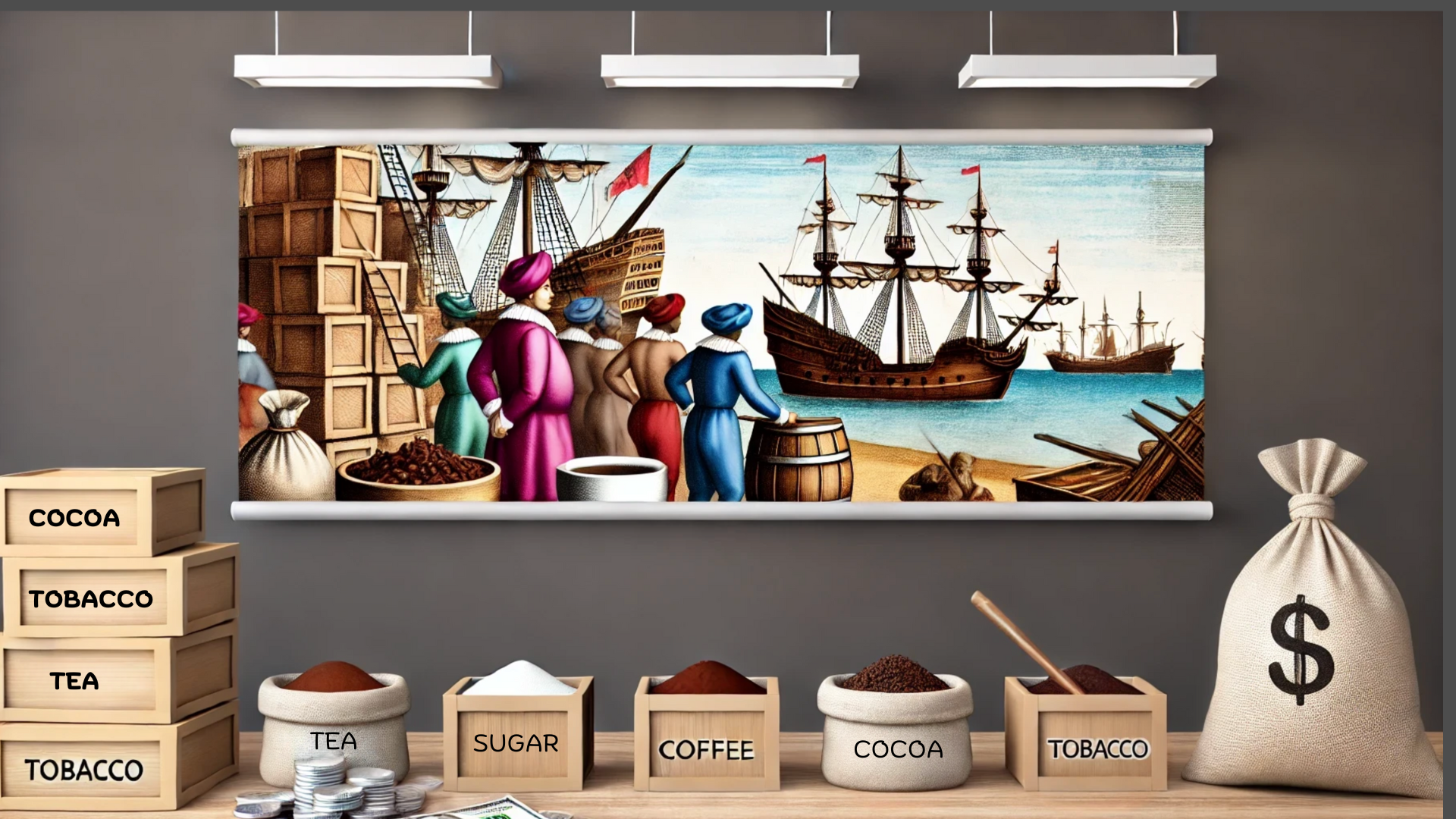
Instructions for Using This Page
Each of the sections of this web page links to a resource that will help to remind you of this module of our Science, Philosophy and Spirituality course. Just click on the section, and you will be linked to the resource.
When you are reading an article from this website online, blocks of text in bold coloured type that make reference to an external source are “clickable”. If you click on them, you will be taken to the resource to which they refer.
Enjoy!
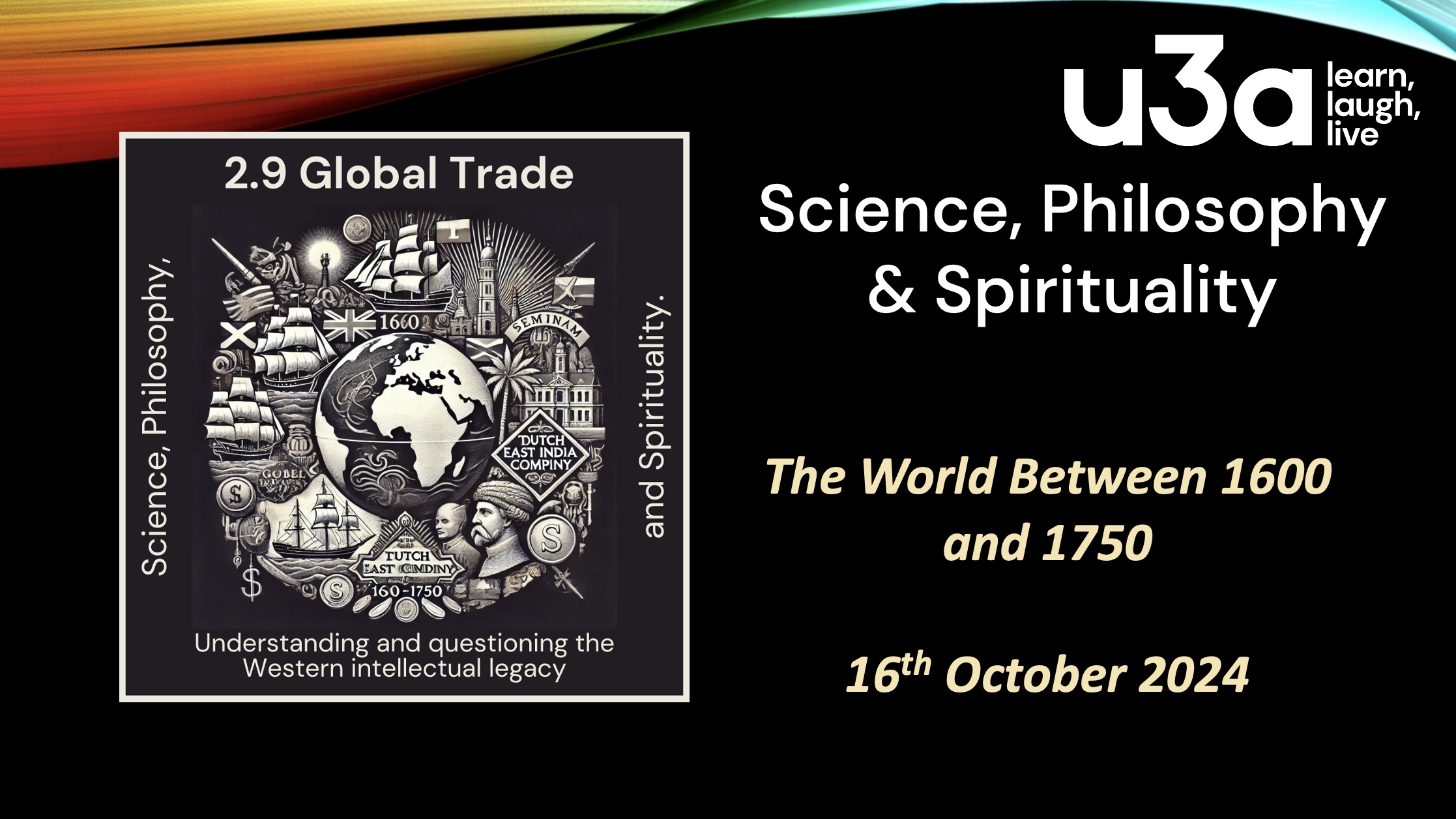
Link to PDF of the slides shown in the session.
The module concerned world events between 1600 and 1750, including the Little Ice Age and the fall of the Ming Dynasty, The role of silver, the growth of demand for commodities and the Europeans in the “New World”, the Atlantic slave trade, the growth of joint-stock companies, trade wars, and Britain’s growing Empire in the Americas.
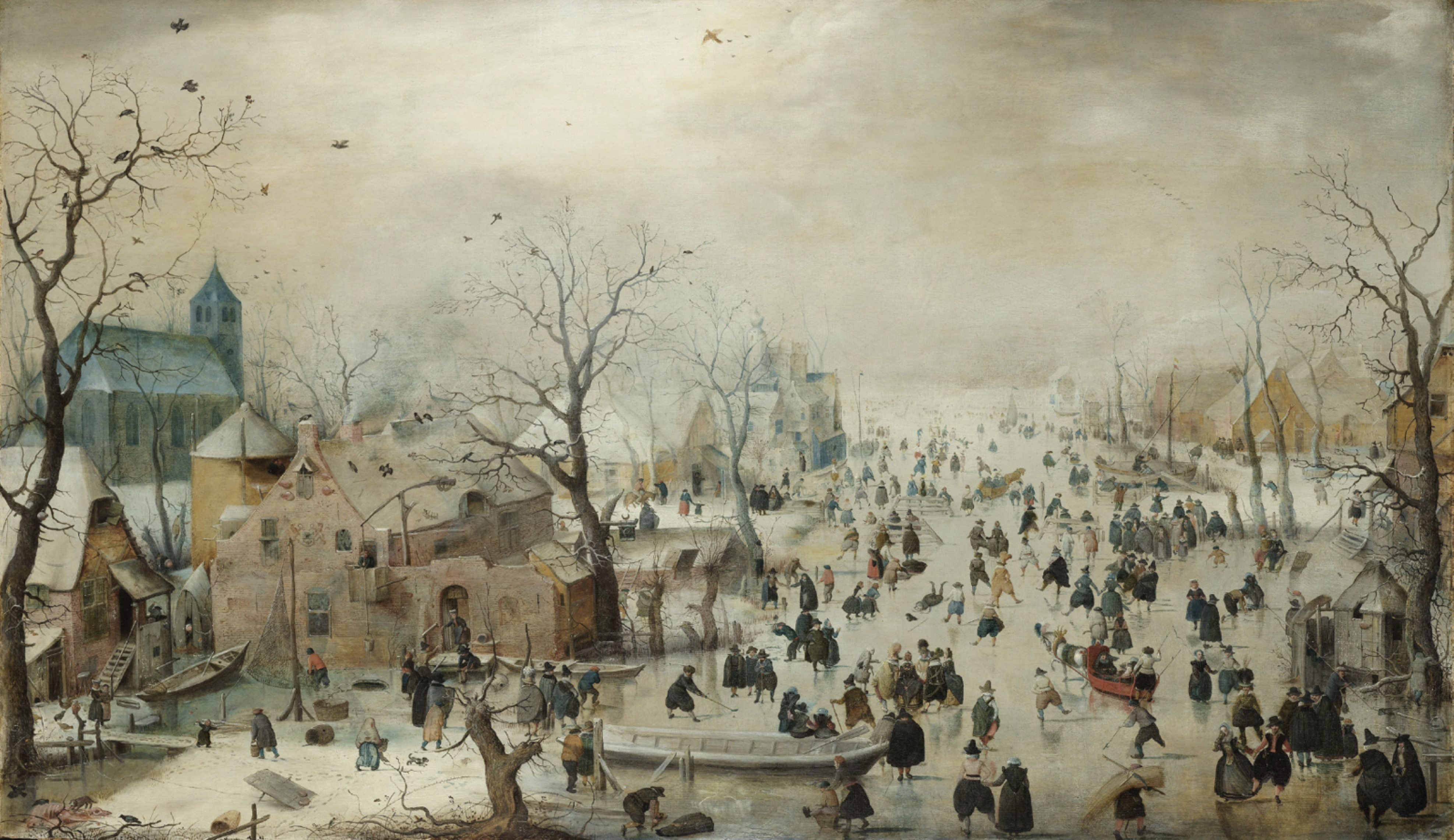
Link to Article: “Spice, Silver, and Slavery”
An article that accompanies the material shown during this discussion session. The sequence of topics in the article mirrors the slides shown, so it amounts to a commentary on the PowerPoint presentation.

Link to Handout: Discussion questions
Link to a handout that contains the full text of each of the three questions, as well as instructions for the group discussions.
Supplementary Material
Links to seven handouts containing additional information to supplement the main “Exploration and Colonisation” article, and two informative documentary videos.
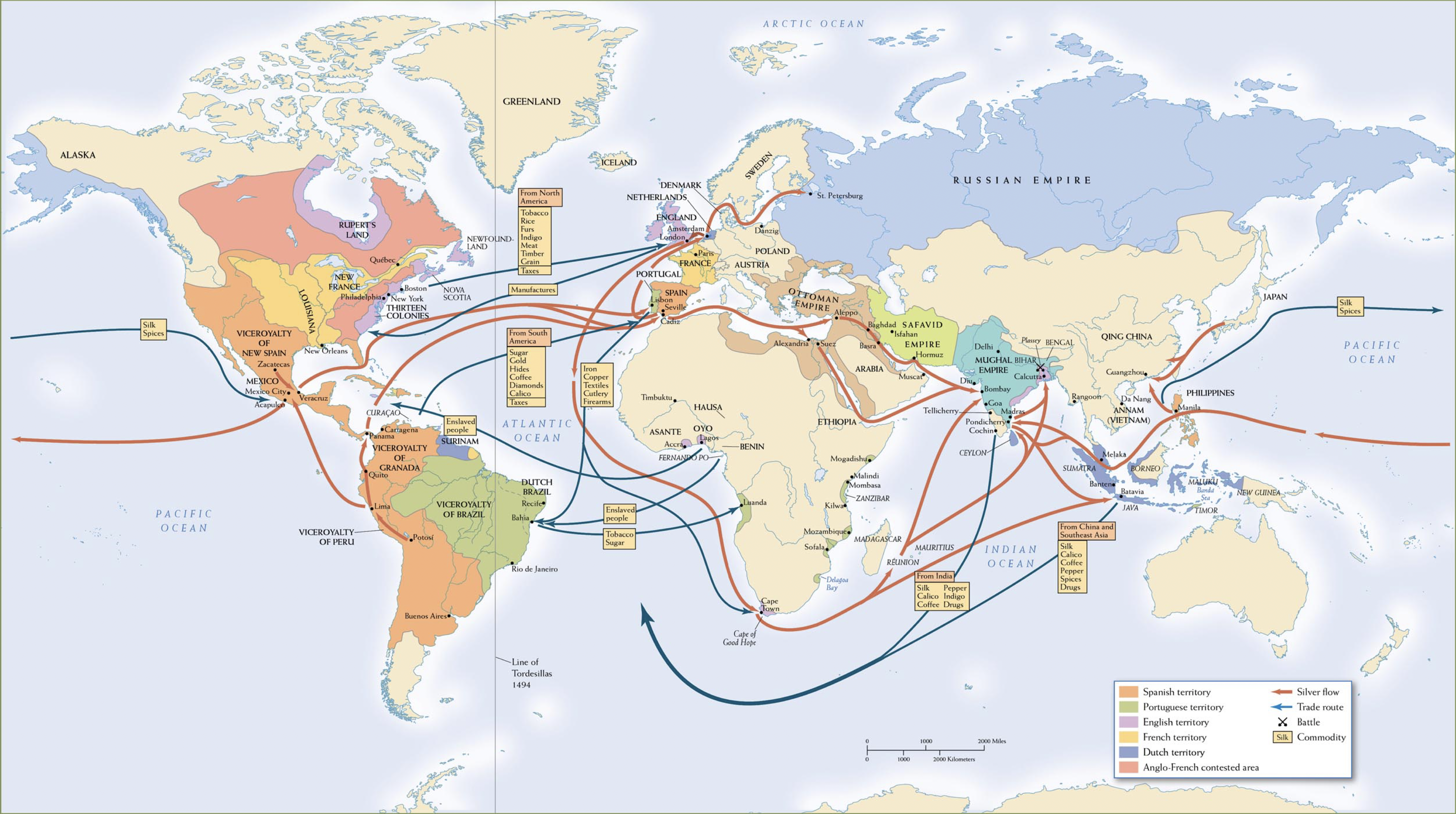
Handout: 17th Century Trade Flows
A description of the major trading flows for silver and commodities during the seventeenth century.

Handout: Abuses of Banks and Stock Exchanges
As banks and stock markets developed during the 17th and 18th centuries, so too did financial scams, abuses, and manipulations. Some of the most notorious scams and abuses from the period are described in this handout.
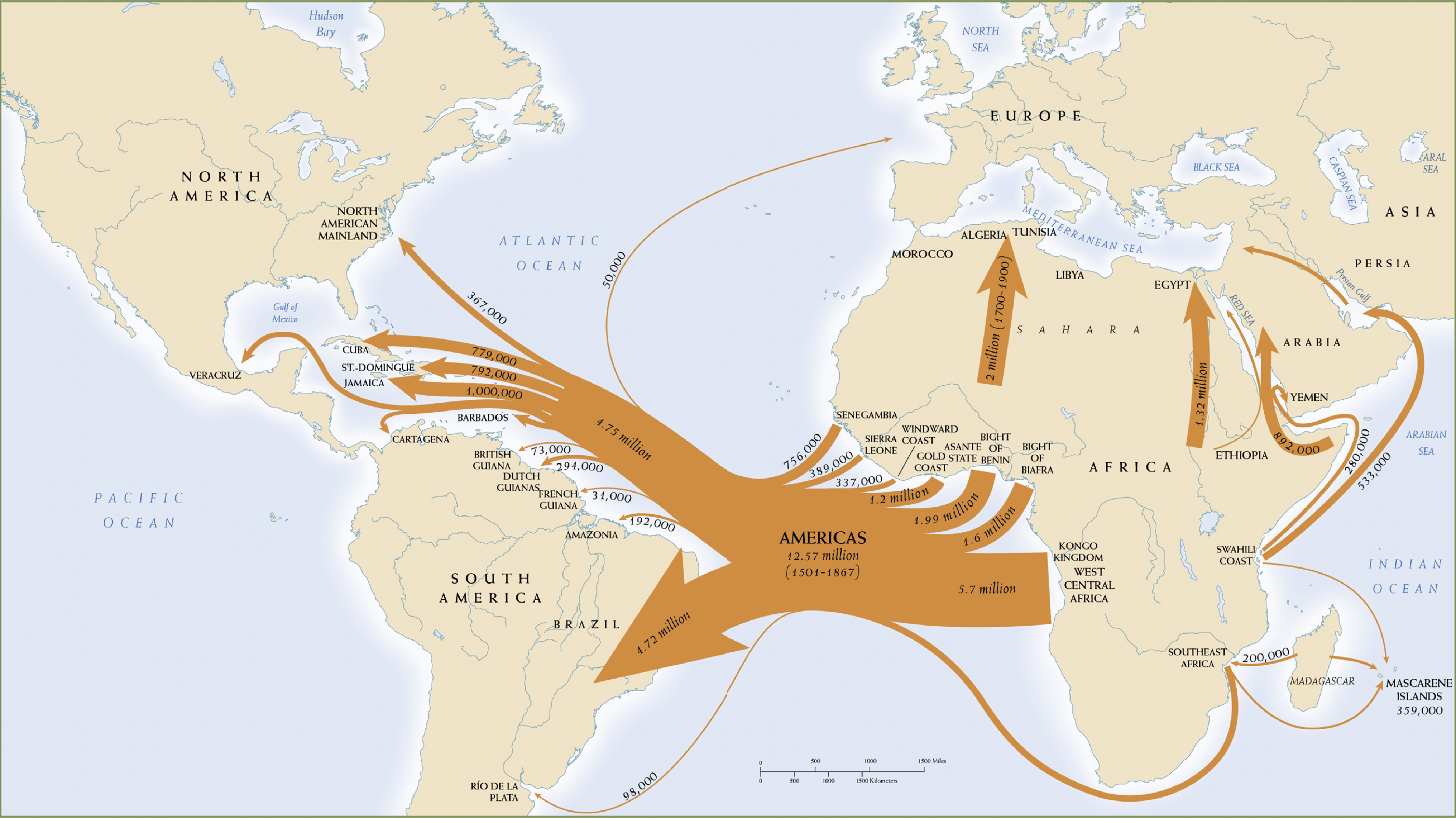
Handout: Africa and the Atlantic Slave Trade
During the 17th and 18th centuries, several powerful African kingdoms were actively involved in the transatlantic slave trade, selling enslaved people to European traders in exchange for goods such as firearms, textiles, alcohol, and other manufactured products.

Handout: Downfall of the Ming Dynasty in China
Weakened by the Little Ice Age, the disastrous silver tax, peasant rebellions, corruption and week leadership, and threats on its northern borders, the Ming Dynasty’s almost 300 year rule of China was ended by the Manchu invasion in 1644. .

Handout: Island Swap – How England lost Run but gained Manhattan.
The exchange of the Spice Island of Run for the island of Manhattan was part of a larger peace agreement between the Dutch and the English in 1667, formalized by the Treaty of Breda. It formalised what was already a reality on the ground.

Handout: Joint-Stock Companies
The development of joint-stock companies—precursors to modern corporations—was a transformative innovation in the history of global trade and capitalism. Companies like the Dutch and English East India Companies allowed broader public investment and profit-sharing, paving the way for modern capitalism.
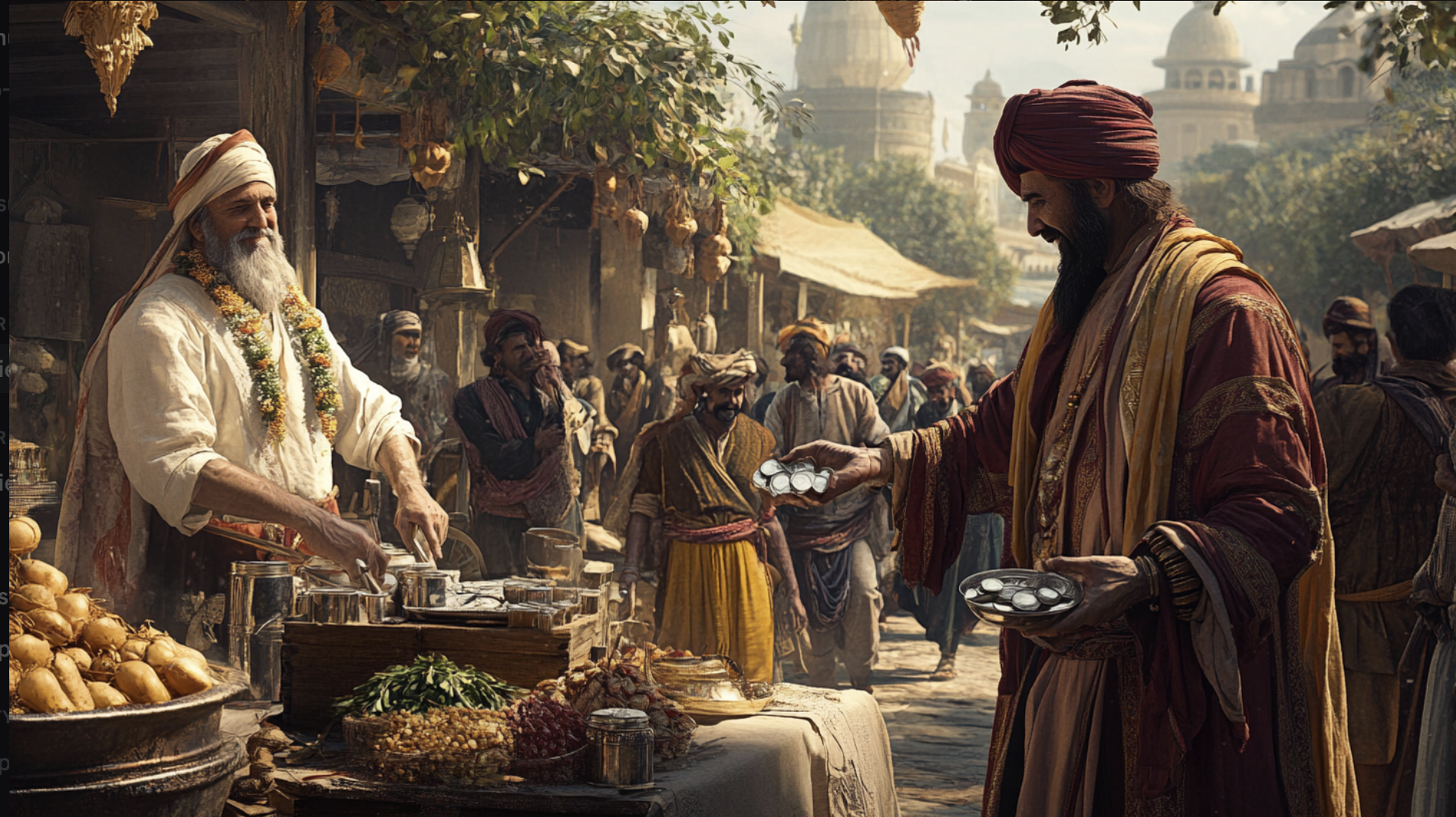
Handout: Silver as a Global Currency
Although silver was first used as a currency in ancient Greece, it became a major factor in global trade and power dynamics in the 17th century, largely due to its acceptance as a universal currency and China’s reliance on it for tax purposes.
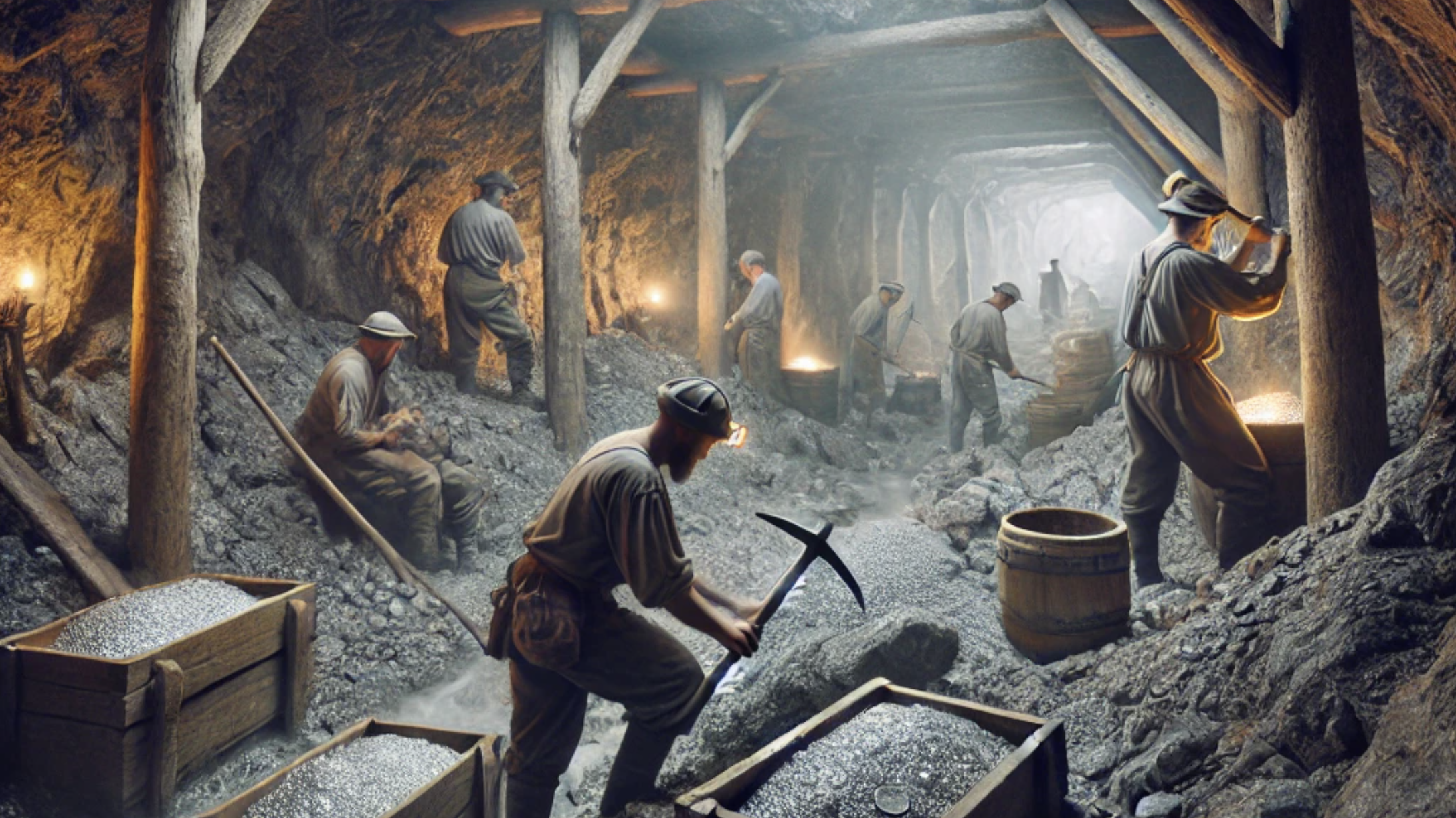
Handout: Slavery and Silver Mining
Silver mining has had a long and often brutal history, and slavery has been deeply associated with it at various points, particularly during the ancient Greek period and later during the Spanish colonial era in Potosí (modern-day Bolivia).
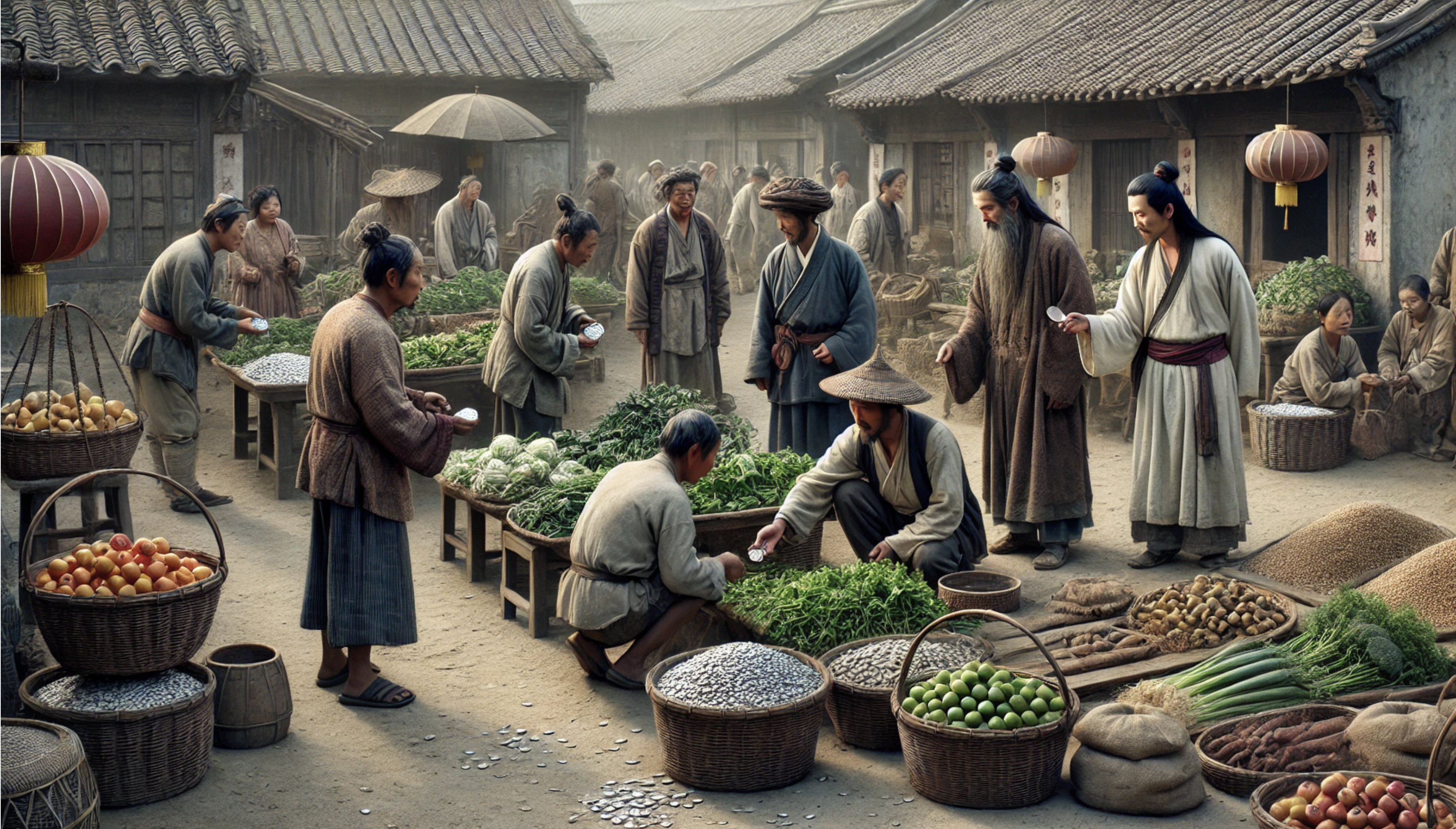
Handout: The Chinese Silver Tax
The Chinese silver tax system that emerged during the Ming Dynasty was a pivotal economic shift that profoundly influenced China and the global economy in the 16th and 17th centuries.
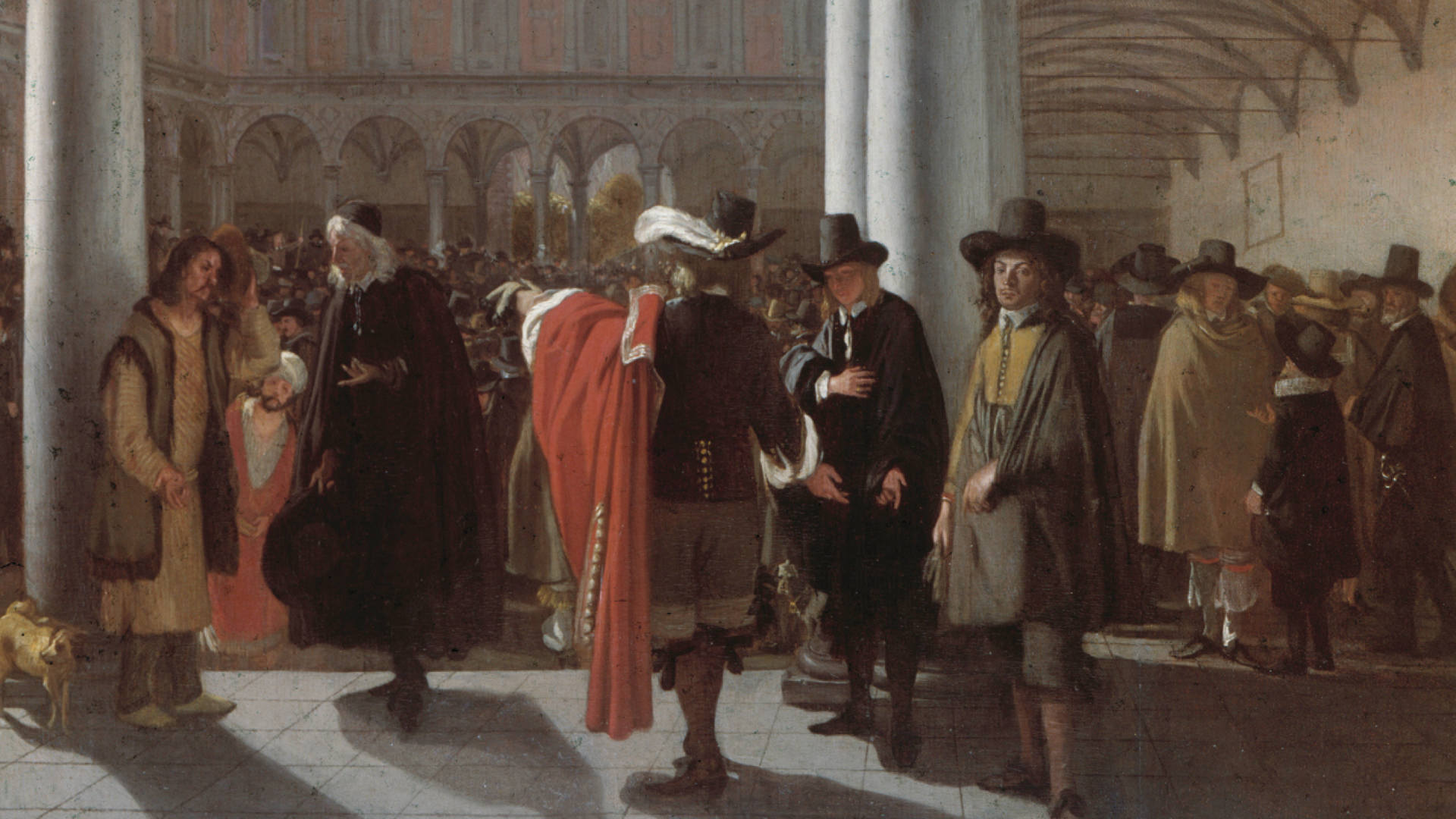
Handout: The Development of Banks and Stock Markets
The development of banks and stock exchanges in Europe was crucial to enabling large-scale joint-stock companies like the East India Company (EIC) and the Dutch East India Company (VOC) to raise capital and manage financial operations.

Handout: The Little Ice Age
Although the Little Ice Age wasn’t a true ice age in the geological sense, it brought cooler temperatures, harsh winters, and climatic instability that had profound social, political, and economic impacts, particularly during the 17th century.
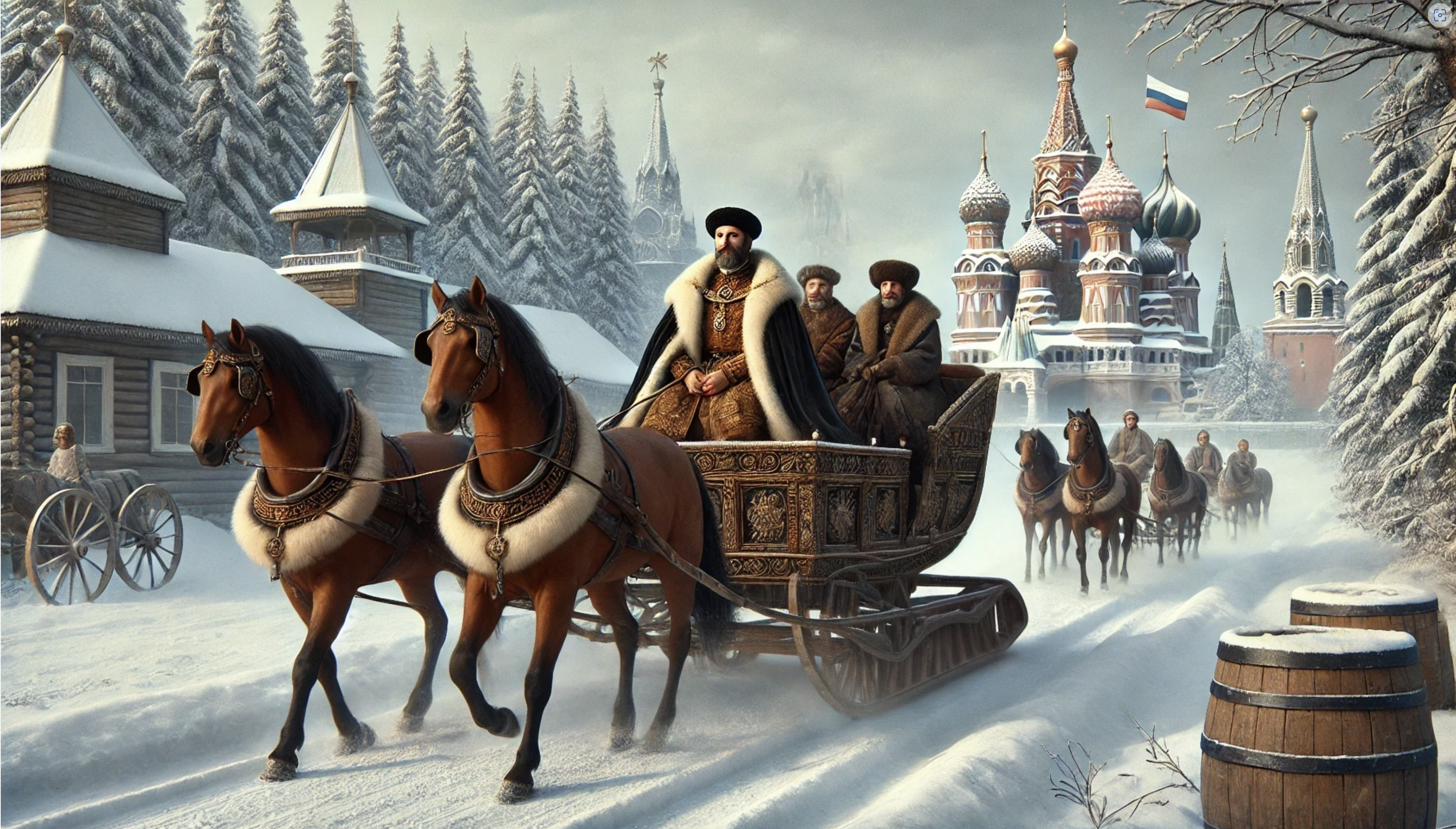
Handout: The Muscovy Company
The Muscovy Company, perhaps the world’s first significant example of a joint-stock company, grew out of England’s failed attempt to find a northern route to the Spice Islands.
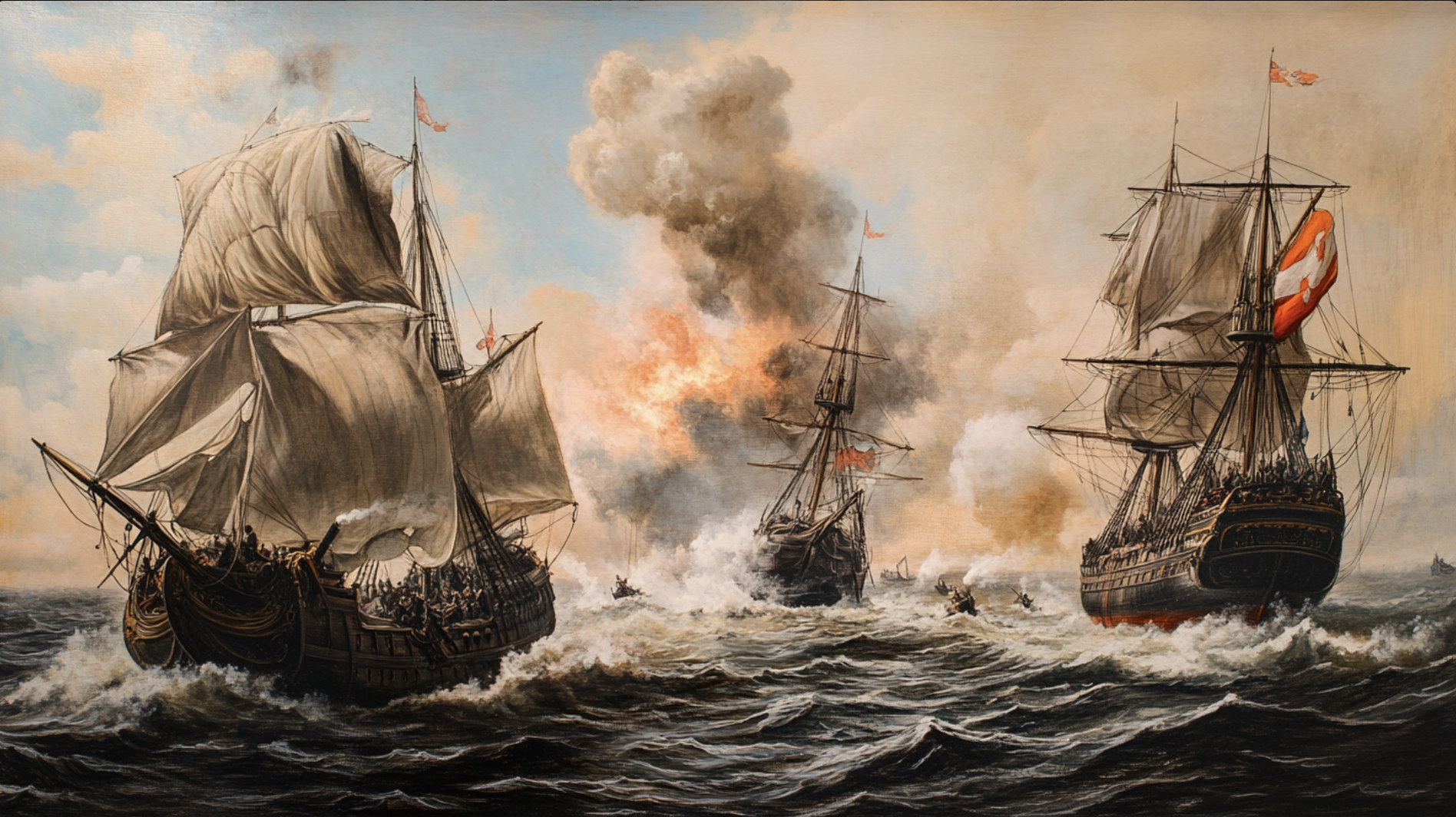
Handout: Trade Wars in the 17th Century
The competition between the British East India Company (EIC) and the Dutch East India Company (VOC) was one of the most intense and sustained rivalries in global trade during the 17th and early 18th centuries.
Books that Provided Material for the Session

Link to Course Home Page
Click on this link to return to the Home Page for Season 2 of the Shepway and District u3a Science, Philosophy and Spirituality programme.

